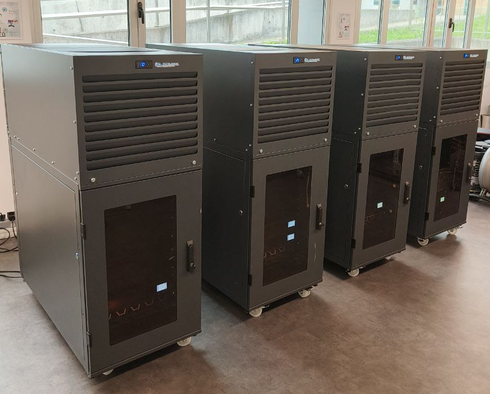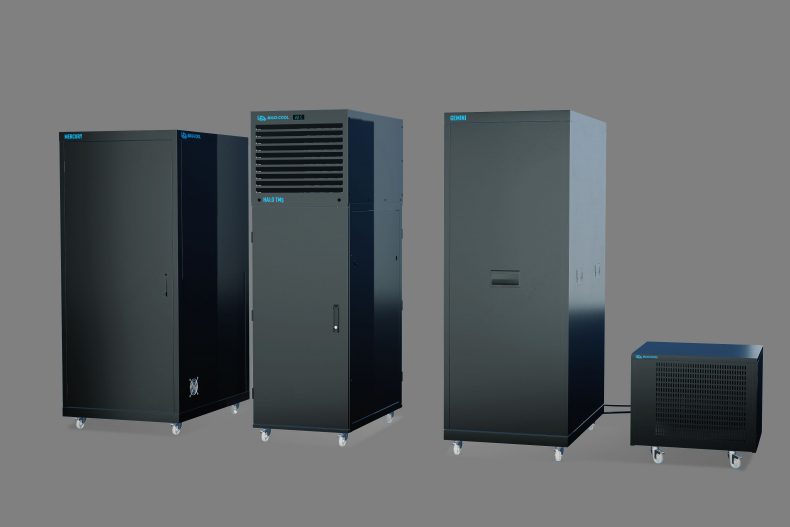Maxi-Cool creates powerful cooling solutions for server racks while keeping a small footprint. We help businesses build and maintain local computing setups as their needs evolve. Our focus is on energy efficiency, offering effective cooling that enhances each server rack's performance.
Energy efficiency in data cooling is crucial. IT managers require efficient solutions for data centres and micro data centres to help them cool sophisticated servers and achieve net-zero targets.
Maxi-Cool has offered energy-efficient cooling solutions for server racks for over a decade. As the focus on energy efficiency intensifies, it's an ideal time to showcase our products and innovations.
Micro data centres enable the storage of data on-premises, are close to the source of use and generation and can offer many advantages in an attempt to protect data from external threats. Housing data locally in business provides complete control over the hardware and the data, allowing absolute control over any compliance imperatives. On-premise data storage is suitable for companies with highly sensitive or classified data, as well as those in highly regulated industries. The installation of a micro data centre can also support those businesses who pursue a 'best of both worlds' hybrid IT strategy, which involves storing mission-critical data on-site and using the cloud for the rest. Properly cooled micro data centres are the difference between the function and non-function of in-house data storage, and micro data centres with powerful cooling are an essential part of any IT infrastructure. Maxi-Cool micro data centres are ideal for on-premises data storage.
Many UK businesses are embracing the power of the Hybrid Cloud, combining on-premise IT and cloud solutions to maximize flexibility, scalability, and cost-efficiency. At Maxi-Cool, we help businesses unlock the potential of hybrid setups with our cooled server racks, ensuring optimal performance while supporting on-premise infrastructure alongside cloud solutions.
The role of IT in production manufacturing is critical to all aspects of the business. From 3D modelling and data storage. To the running of the factory floor & office.
Smart building features are all around us and commonplace, like the lights going on when we use the bathroom in a museum. What seems like a relatively minor feature of modern life is part of a major technological development that is set to expand throughout new buildings and to be integrated into older and listed buildings in the future.
The last few years have seen a range of often contradictory trends in the way that we are approaching the needs of the environment, energy, habitat conservation, and economic growth.








